

The continuous habitation and the numerous physical
and human catastrophes destroyed almost without a trace the ancient city of Heraklion, which was mentioned by Strabo as a port of Cnossos. The small natural harbor and the
sandy haven were probably exploited as soon as the Minoan period, since scatter
findings from the Minoan to the Roman period have come to light. During the
Hellenistic period the city received mighty fortification walls and had a
significant extent. During the roman period it was considered to be one of the
few well-protected harbors of the northern coast of the island (Stadiasmus Maris Magni). A luxurious
roman villa with mosaic floors, burials with lavish offerings, scattered
sculptures, a huge column capital in its second use and several inscriptions
testify the wealth of the city during the Roman period. In the Early-Byzantine
period the city became a bishopric seat. In the Synodical catalogues it was mentioned
either as Heracleae (343 A.D.) or
later as Herakleioupolis (7th Ecumenical Synod).
Excavations
have brought to light a vast amount of findings (architectural sculpture,
pottery, coins and small findings), but only a few relics of constructions.
From the middle of the 7th c. (654 A.D.) the city begun to feel threatened
by the presence of the Arabs in the Aegean Sea. In order to prevent a
catastrophe, the Byzantines decided to fortify the city with new walls, using
blocks from the Hellenistic enceinte, just like they did in other important
settlements around the island. Nevertheless, the sturdy enceinte, its
quadrangular defensive towers and the moat, which led the Arabs to name the
city Rabdh el Khandaq (The Fortress
of the Moat), were proved ineffective. The Arabs debarked on the island from
the South, probably the area of Keratokambos, and gradually conquered it until
828. For the next 150 years, Heraklion, which was the last to fall, became the
base of the Arabic raids and trade around the Mediterranean. A large amount of
Arabic bronze coins and pottery of high quality, imported both from the East
and the West (Spain), testify the long lasting presence of the Arabs in the
city, which left its indelible mark to its name; Khandaq (moat, trench) became Chandax
for the Byzantines and Candia for the
Venetians.
The loss of Crete was a
severe strike to the Byzantine predominance on the Mediterranean. Its recapture
though was even harder. After a series of wasted efforts, in 961 the Byzantine
general of the army, and later an emperor, Nicephoros Phocas, managed to recapture
the city, by mining its walls. The city gradually gained back its wealth and up
to the end of the 12th c. knew a significant commercial and economic
development. Nevertheless, just before the Fall of Constantinople to the Franks
in 1204, the deposed Byzantine emperor Isaac II offered the island of Crete to
Boniface of Montferrat as a reward for helping him regain the throne. Boniface
in his turn sold the island to the Venetians. After a short capture by the
Genoese Enrico Pescatore and his pirates, in 1211 the city came under the rule
of Venice. Candia became the capital
of the Venetian Kingdom of Crete, the most important trade station of Venice in
the Eastern Mediterranean, a place where literature and fine arts flourished
for many centuries.
When Cyprus fell to the Ottomans in 1571, Candia became the sole military
base of Venice in the East Mediterranean. The Venetians tried to protect it
with a new, huge enceinte, which gave the city its latest name: “Megalo Kastro” (The Large Fortress). But
after 21 years of fierce siege and resistance, which is known as “the Cretan
War”, in 1669 the last defender of the city Francesco Morosini was forced to
surrender it to the forces of the Sultan.
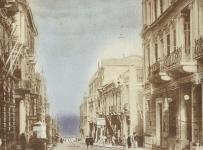 | 1.1 Candia under the Venetian occupation | |
|---|---|---|
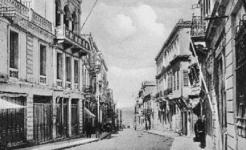 | 1.2 The public buildings | |
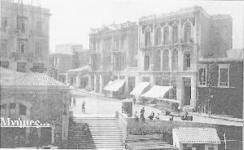 | 1.2.1 Ruga Magistra (Maistra) | |
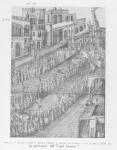 | 1.2.2 The Ducal Palace | |
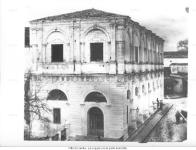 | 1.2.3 The Venetian Loggia | |
 | 1.2.4 The Warehouse for the Cereals (Fondaco) | |
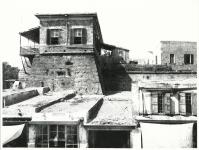 | 1.2.5 The Gate “Voltone” | |
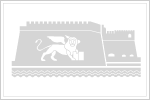 | 1.3 The orthodox churches | |
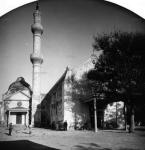 | 1.3.1 St. Catherine of Sinai | |
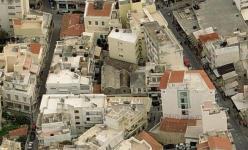 | 1.3.2 Saint Anastasia | |
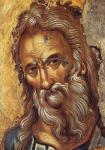 | 1.3.3 The Church of St. Mathew, dependency of Sinai | |
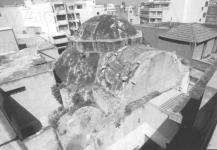 | 1.3.4 St. Onouphrios | |
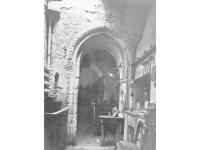 | 1.3.5 Virgin of the Angels (Santa Maria degli Angelis in Beccharia) | |
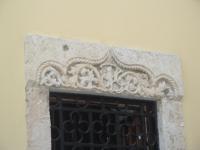 | 1.3.6 Church of the Virgin Pantanassa (southern aisle of the old Metropolis / old church of St. Menas) | |
 | 1.4 The Latin Churches | |
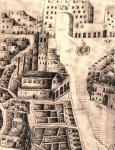 | 1.4.1 The basilica of St. Marc (ducal church) | |
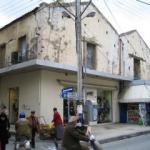 | 1.4.2 The church of Saint John the Baptist | |
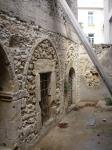 | 1.4.3 Saint Paul of the Servites (Servants of Mary) | |
 | 1.4.4 The monastery of St. Francis of the Franciscans | |
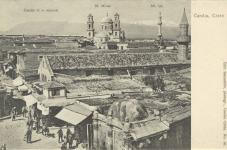 | 1.4.5 Santa Maria di Piazza (Madonina) | |
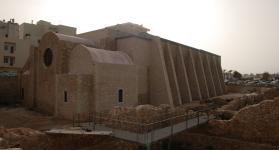 | 1.4.6 The Monastery of St. Peter of the Dominicans | |
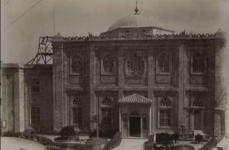 | 1.4.7 The Church of St. Titus (Latin Archdiocese) | |
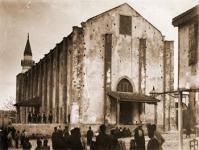 | 1.4.8 The church of San Salvatore | |
 | 1.5 The fountains and hydraulic works | |
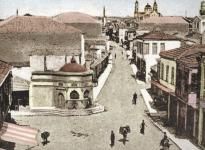 | 1.5.1 The Fountain of the Ruga Panigra (Strata Larga) | |
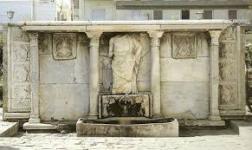 | 1.5.2 The Bembo fountain | |
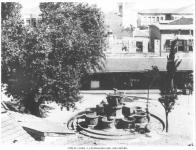 | 1.5.3 The Morozini Fountain | |
 | 1.5.4 The Priuli fountain | |
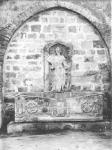 | 1.5.5 The Sagredo fountain |